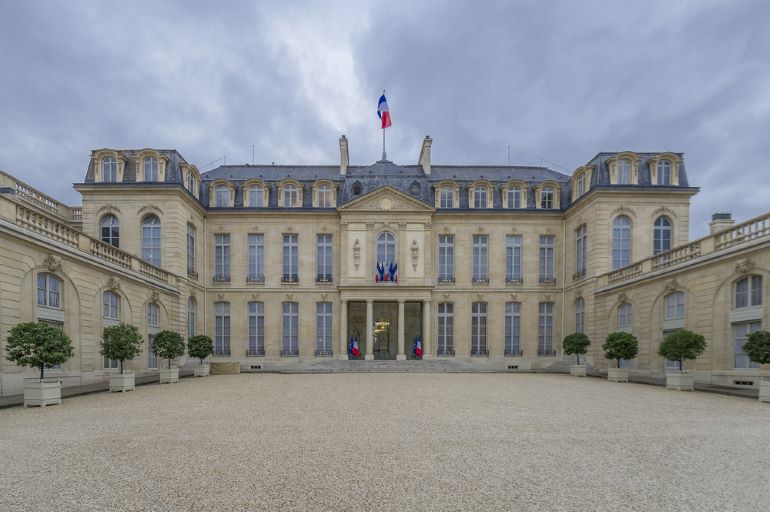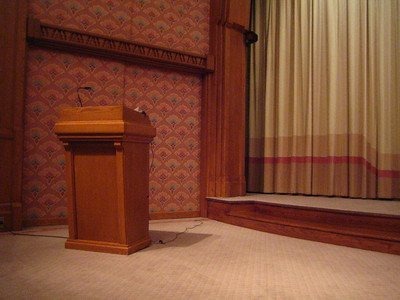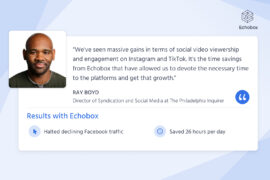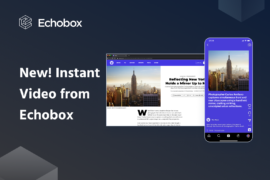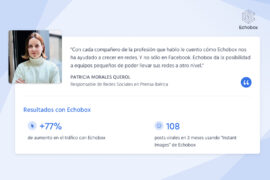Last month, we decided to use a unique dataset to build a live tracker for the upcoming French presidential election. The result: Our French Election Tracker, which tells you every hour how much attention each candidate gets online.
With Europe’s fate in the balance, Monday’s first TV debate among France’s presidential hopefuls (#LeGrandDebat) offered three-and-a-half hours of spectacle and confrontation for French voters and foreign observers.
To us, it offered a chance to test the FET’s mettle in real time. No other public poll or indicator was updated three times during the course of the debate.
So our social media team took to Twitter to share the knowledge that could be gleaned from big data as events unfolded. Here’s what we learned.

1 – The result was a surprise
Instant polls show either Emmanuel Macron or Jean-Luc Mélenchon winning. Our Tracker had Marine Le Pen leading. Of course, we measure interest (which can be negative) rather than support; clicks are not the same as votes. But it is noteworthy that the clicks disproportionately went to the populists, especially at the end when the topic was terrorism and international affairs.
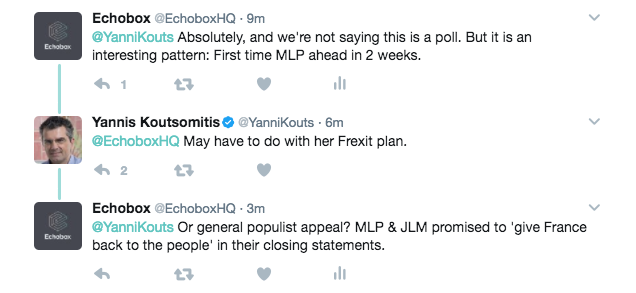
2 – Live-tweeting works
Take note, growth hackers: Live-tweeting a big event got us phenomenal results in terms of traffic and especially engagement. Using the trending hashtags for both the debate (#DebatTF1 and #LeGrandDebat) and the candidates, we garnered more impressions in 12 hours than we did in three months from October to December last year, even though Bloomberg wrote about us during that time. We also got more impressions than we ever won during a short-lived experiment with paid promotion.

We normally tweet out stories about AI, social media and journalism that we find interesting, which gets us engagement rates around 1%. On the night of the debate, most of our tweets had engagement rates above 10%. Many of those engagements were direct clicks to our website, which are notoriously hard to get on Twitter.
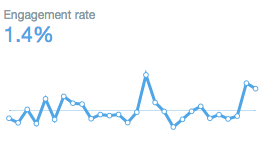
3 – Live-tweeting doesn’t end when the event is over.
When the debate finished, it was clear there would be few or no polls to satisfy pundits and a public hungry for a data-driven verdict on who won. The French Election Tracker was one of the few indicators out there at least until the morning. We used scheduling to make sure we reminded anyone up throughout the night or early in the morning of this, and as a result 20% of our impressions, engagement and clicks came from scheduled tweets sent out while the social media team were fast asleep. This is something we tell our clients all the time: Putting an intelligent auto-pilot in charge of posting your content at night and on the weekends is one of the easiest ways to raise traffic. Social media editors sleep, but the internet never does.
4 – Preparation is important — because live-tweeting is stressful
Before the debate started, we researched important hashtags and relevant people to tweet at, and we talked about our strategy. The French Election Tracker gets updated once an hour. It takes the servers a little while to crunch the numbers and feed through the new information, so the update does not happen exactly on the hour. The moments when the French Election Tracker was just updated were crucial to us, so we needed to make sure we were ready to tweet out the breaking news as fast as possible.
We are politically neutral, so it was important to us to make sure that we were not seen as endorsing any candidate. In the heat of the moment — and live-tweeting does get incredibly stressful — it can be difficult to get the tone right, especially when you only have 140 characters. Plus, the French Election Tracker measures a specific variable — interest in the candidates — so it was important to be precise. Again, preparing for this by thinking about our editorial strategy helped cope with the stress of the actual event.
5 – Twitter habits differ
If you live in London or New York and use Twitter to follow the news, you quickly get the impression that everyone who matters — journalists, politicians, pundits, etc. — is right there, usually verified and quite active. Live-tweeting political events — or even TV shows — is straightforward because the virtual crowd is easy to find.
Not so in continental Europe. We were looking for established journalists and media outlets to engage with, but they were harder to find than we thought. One difficulty we faced was that the conversations around the trending hashtags were largely dominated by Le Pen supporters, in part because there was so little content from neutral commentators. It would have been easy, given the flattering picture the French Election Tracker painted of their candidate’s performance, to engage with the Front National’s Twitter faithful—but also a slippery slope away from neutrality on our side.
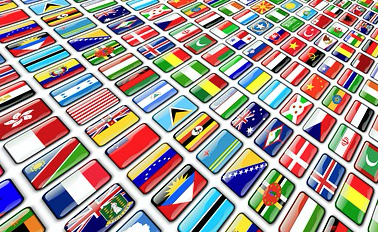
French Twitter was not the only place that proved tricky. On German Twitter there was hardly any conversation at all. Many German journalists do not have Twitter accounts of their own, and few publications were live-tweeting the debate as it unfolded. Either the level of interest in each other’s politics is still too low even after decades of integration, or the notoriously privacy-minded Germans are too wary of the public platform. Either way, we didn’t succeed east of the Rhine: Only 5% of Twitter-generated clicks to our website came from Germany. As a global business, it is important to us to engage in conversations in many different countries. One thing we keep discovering is that social media may be global, but social media usage differs very much from country to country.
There’s now a first poll out saying Macron did well. That was not the impression you would have received on Twitter last night, when most of the commentary was around him being attacked from all sides and perhaps cracking under pressure. In the French Election Tracker, Macron had a lacklustre night: not a disaster like Hamon, but certainly not a breakthrough either. The polls have been wrong before, especially those hastily done after TV debates, and we will see whether they stand up in the long run. The French Election Tracker will continue to run until election day, and we will update it every hour.
Echobox is building the world’s first AI that understands the meaning of content, which we are using to help media companies and publishers optimise and automate their content distribution on social media.
